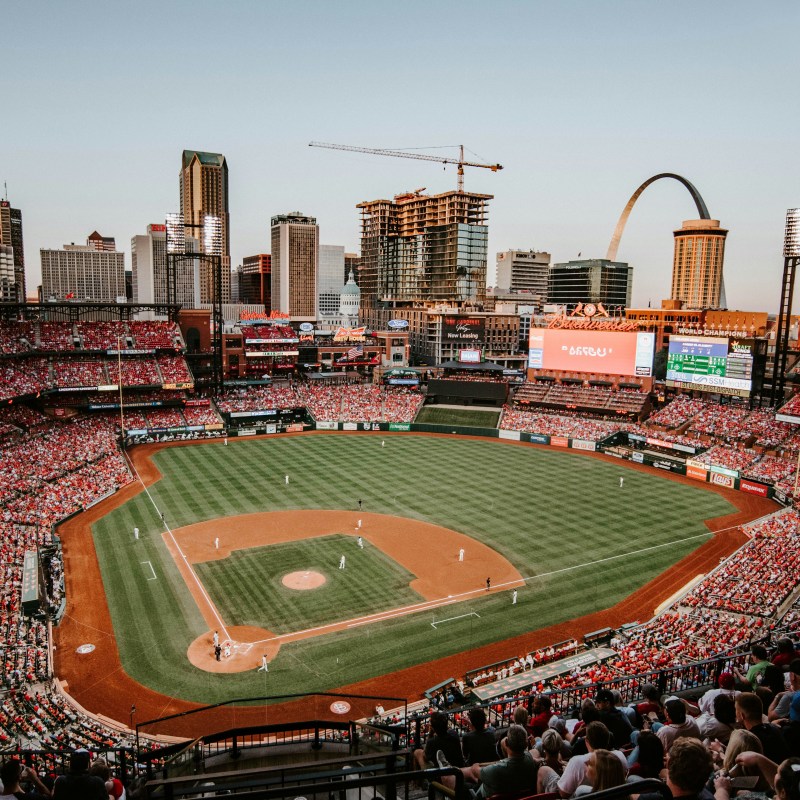
Baseball is a distinctly American pastime.
Videos by TravelAwaits
Sure, Japan and South Korea also have booming professional baseball leagues. Sure, the NFL’s Super Bowl and NCAA’s March Madness command more viewers than the World Series.
But when we’re talking about deep-seated American pastimes, baseball is the nation’s de facto sport.
Want to know just how deep our relationship with baseball runs? During WWII, the US military designed its grenades to be the same size, shape, and weight as a baseball. (It’s called the BEANO T-13 for anyone interested.)
Despite the fact that our grenades were inferior to German weapons, our soldiers regularly outmaneuvered their enemies. Even the least athletic Americans soldiers had some experience tossing the ball around—and that intrinsic sense of aim was enough to offer an upper hand in combat.
Excuse the extreme example.
Most Americans probably grow up adjacent to baseball, like I did.
My brother pitched his way into a college career. My dad is good friends with an MLB announcer. My mom is still an Ozzie Smith fangirl. A few of my high school friends went on to join Team Fredbird. I was a fan photographer for the Mets at one point.
We named my childhood dog Mac after Mark McGwire.
The twist? I’ve never liked baseball that much. Still, it’s a pretty significant part of my identity, especially during my childhood.
It’s made me curious—which teams fit the bill as part of the classic American dreamscape of baseball? Did I really grow up inside an MLB utopia?
Let’s take at five of the most ‘classic’ American baseball teams. My ranking metrics are based on the club’s duration, how ingrained it is into a city’s identity, and the team’s overall social impact.
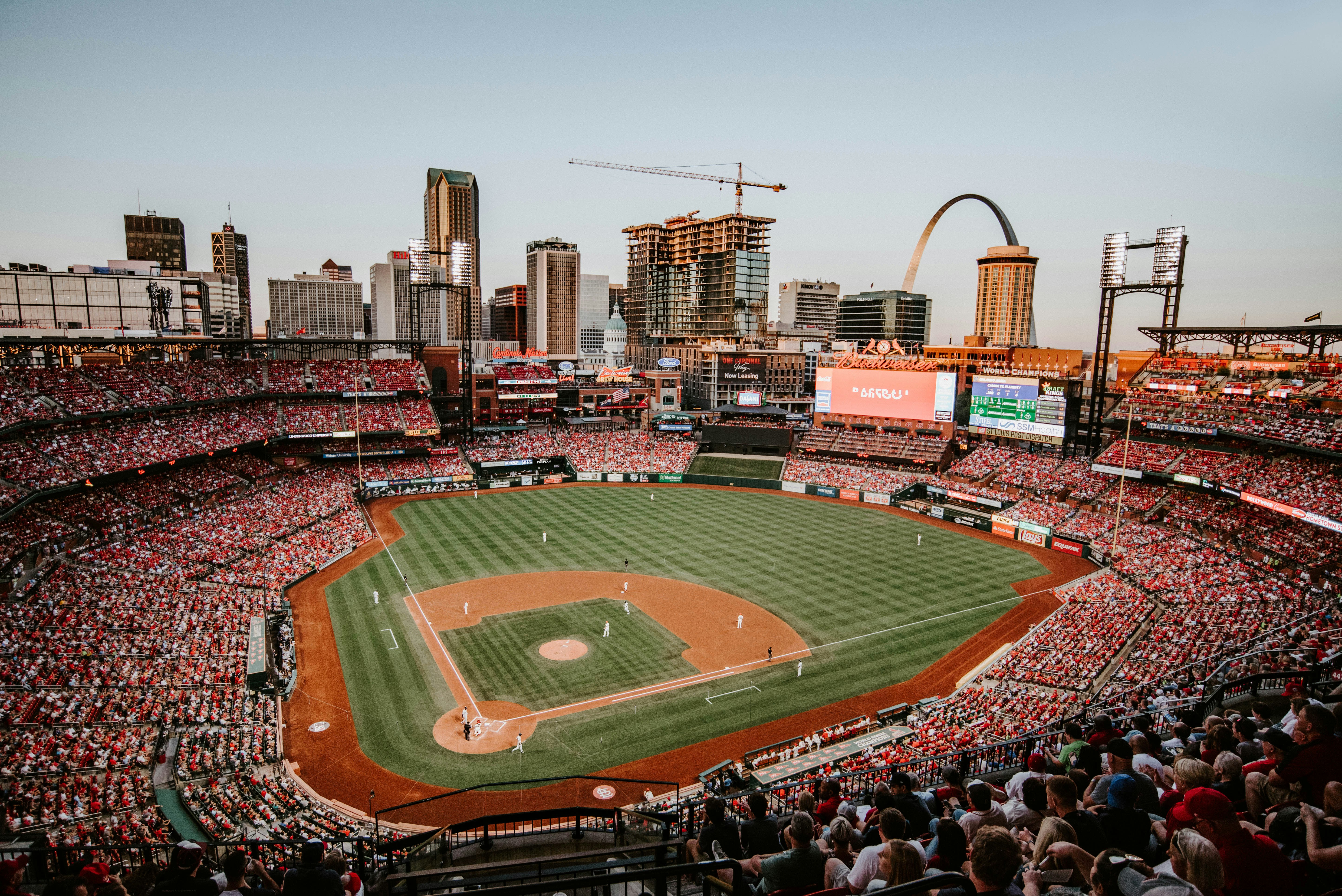
St. Louis Cardinals
Est.1882
The signs are clear: I did grow up inside a baseball utopia. And, in case the Ozzie Smith and Mark McGwire references didn’t give me away, I’m from St. Louis, Missouri.
So, what makes the St. Louis Cardinals so special?
First, they’re one of the oldest and most winning teams in the league. Most of those World Series wins came decades ago—so I won’t overhype the Cardinals’ performance.
Still, the team is competitive enough. And the Cards are also deeply ingrained into St. Louis’s identity. The city lost its NFL team in a grand, greedy way. (Thanks, Stan.) On top of that, the city’s economy has been in decline steadily for decades.
Compared to other major league sports, baseball tickets are affordable—and that means locals in St. Louis show up. In short: Busch Stadium and the Cardinals are a longstanding and positive image of St. Louis, and fans are proud of that.
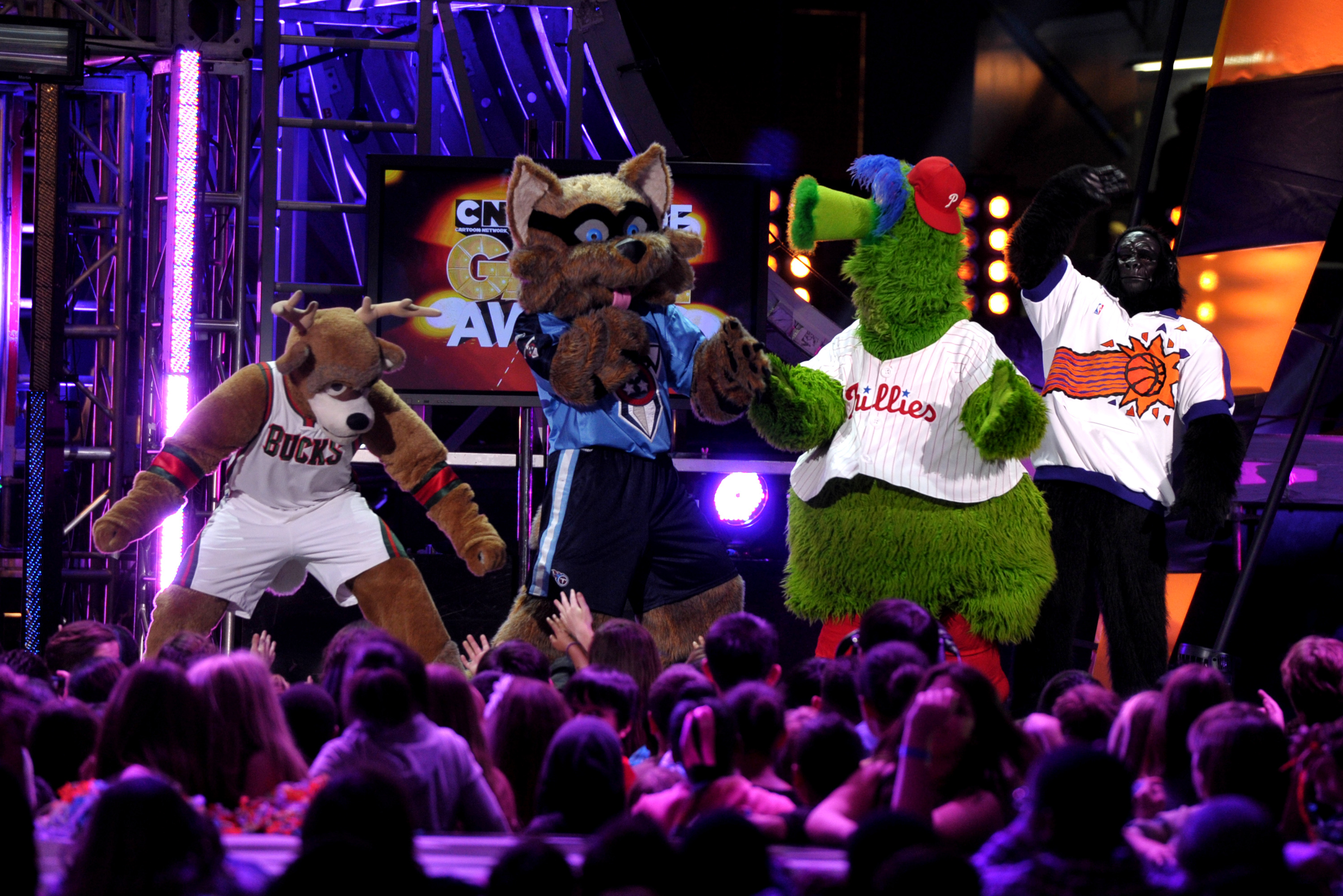
Philadelphia Phillies
Est.1883
The Philadelphia Phillies are one of the US’s longest-running sports franchises in any league. Most importantly, they’ve stuck to their city from day one.
That’s a vital note here, as it catapults Philly culture into the stratosphere. While the team lacks the silverware to be one of the ‘best’ in the MLB, they consistently sell a high number of tickets.
One of their more unique contributions? Mascots. The Philadelphia Phanatic is an absolute menace. I know more sports fans are into Grizzy these days, but the Phanatic has been around longer (and it’s also won more battles in court).
In 1978, the Phanatic became one of the first over-the-top mascots in professional US sports, changing the nature of the game for fans forever.
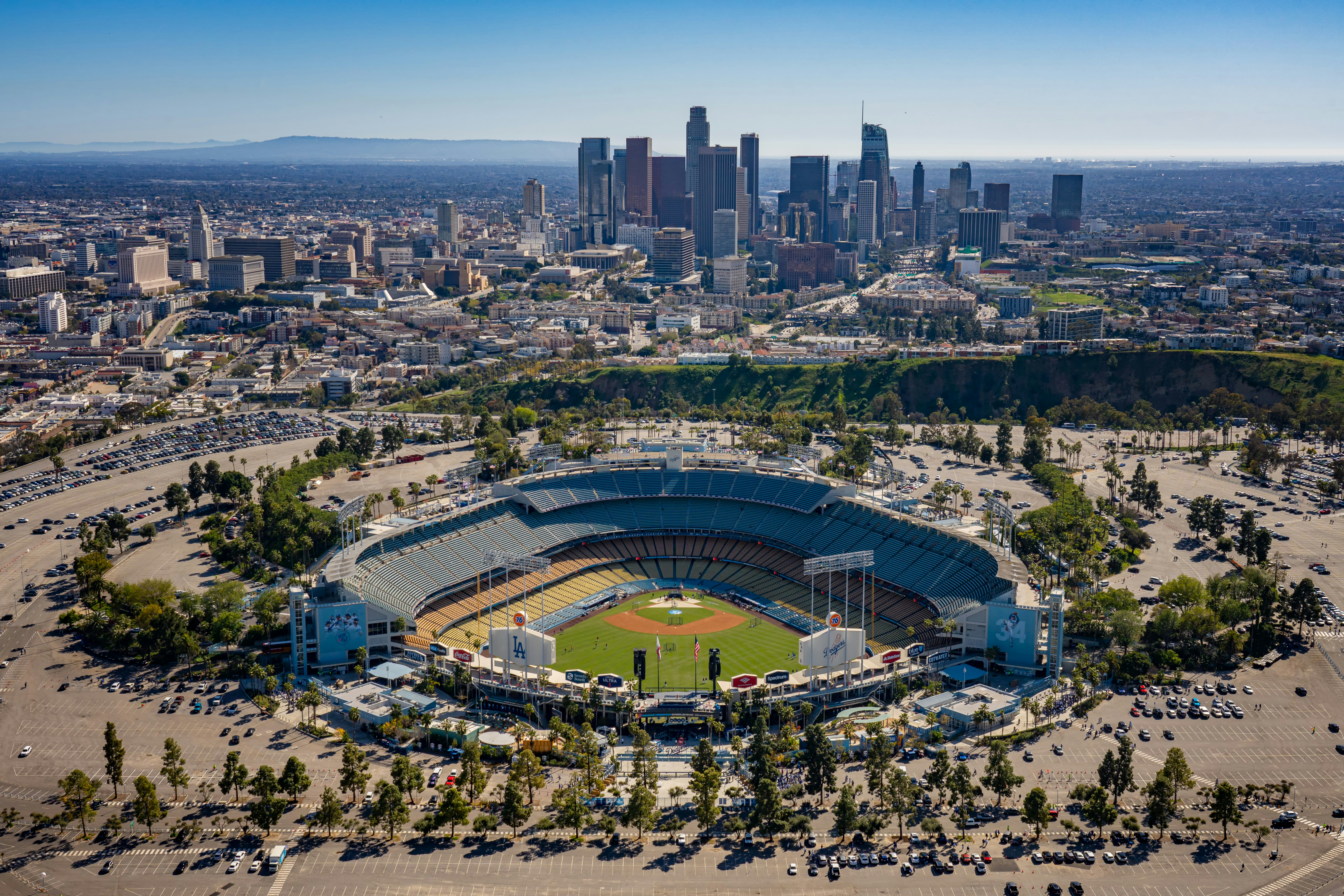
LA Dodgers
Est. 1883
Ranking the LA Dodgers on this list goes against this ranking system’s focus on loyal franchises. As you probably know, the Dodgers were originally a Brooklyn team.
They didn’t pack up and move west until 1957—at which point the team’s identity changed quite a bit. But it’s worth pointing out that the Dodgers made waves in baseball in both cities.
The 1947 Dodgers team (still in Brooklyn) revolutionized the MLB by drafting Jackie Robinson. This marked a new era in sports—one that the Dodgers continued in Los Angeles.
In 1981, they brought on a rookie pitcher from Mexico, Fernando Valenzuela. That helped spur interest in baseball from Mexico and the Caribbean—an impact that is felt throughout the league today thanks to its growing number of international players, especially those from the Caribbean.
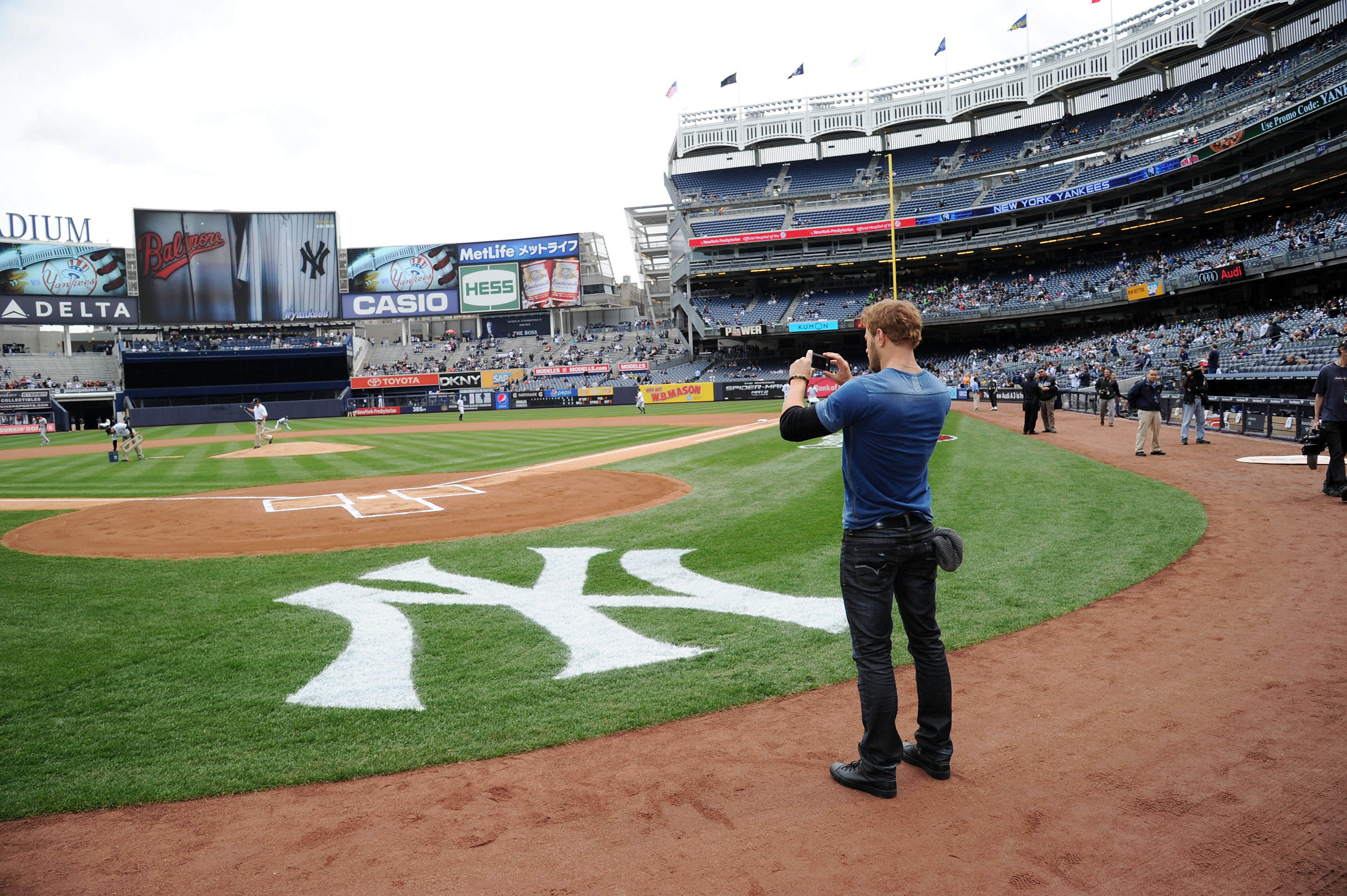
New York Yankees
Est. 1901
Love them or hate them, the New York Yankees are the face of baseball around the world. And they’re not the worst fit considering the sheer number of World Series titles the franchise holds (27).
Though they share New York City with the Mets, there’s a definite champion in terms of stats and revenue. (It’s the Yankees.)
Even in terms of away games, the Yankees bring a solid crew of supporters with them. That’s almost unheard of in the baseball world with so many games scheduled each season. But superfans aren’t an uncommon sight at Yankees games.
Even in terms of global cultural impact, the Yankees aren’t just leading the MLB—they’re one of the US’s most iconic brands. I’ve seen Yankees gear sold in just about every country in the world, including hats, jerseys, and even socks.
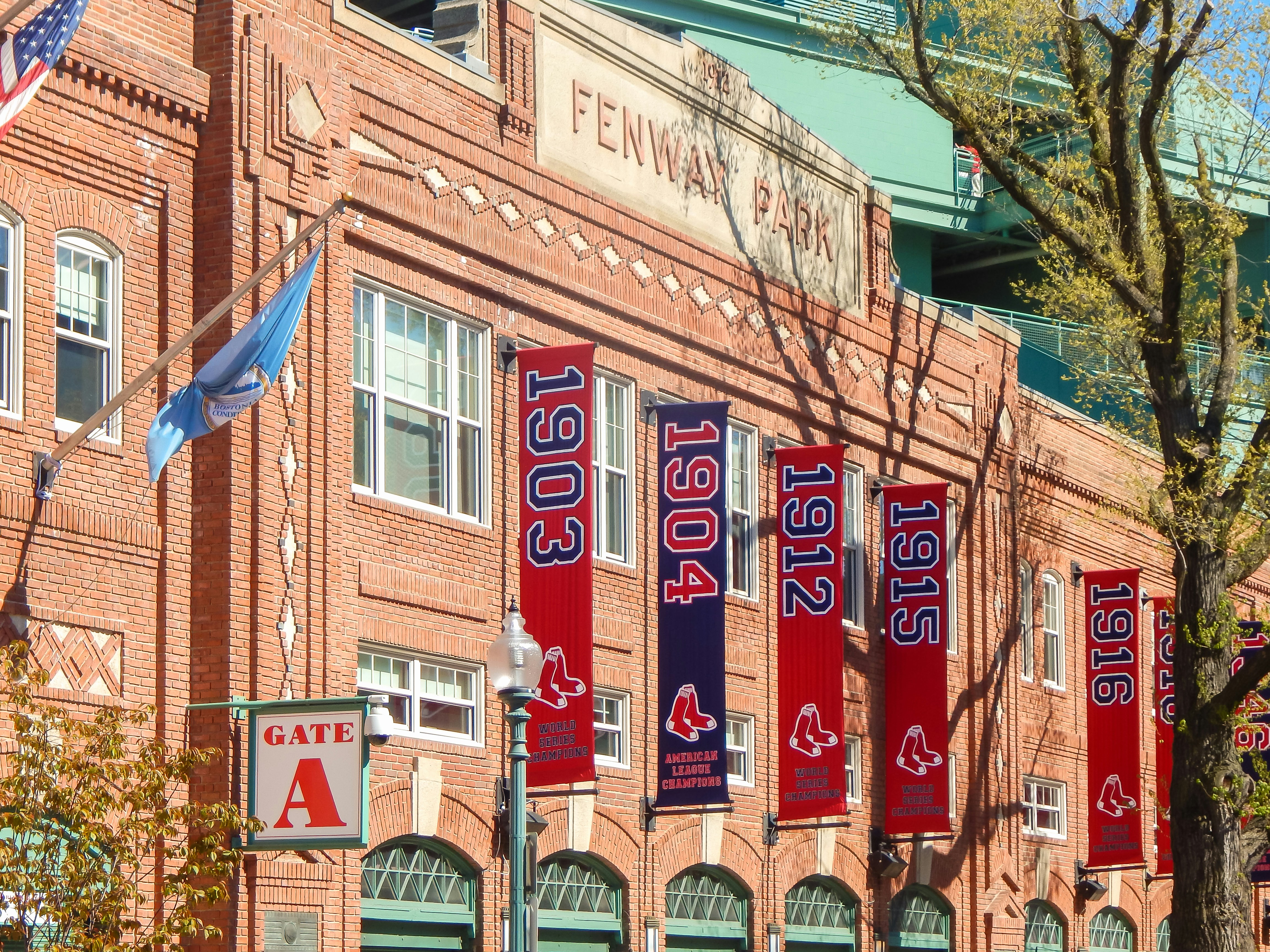
Boston Red Sox
Est. 1901
In Boston, baseball culture is huge. Its stadiums regularly sell out big games in all four major leagues—a unique trait for any US city.
In terms of baseball, the focus is on Fenway Park, which first opened its doors back in 1912.
Though the grounds have since been reconstructed numerous times, those original features haven’t been destroyed. In other words, there’s a concerted effort from the Red Sox organization to maintain its connection to the past.
Similar to St. Louis, its baseball team has been an important part of its identity for a long time—and that culminates in an especially satisfying fan experience. From the Green Monster to the local Fenway-Kenmore neighborhood, the entire gameday routine is highly beloved.
